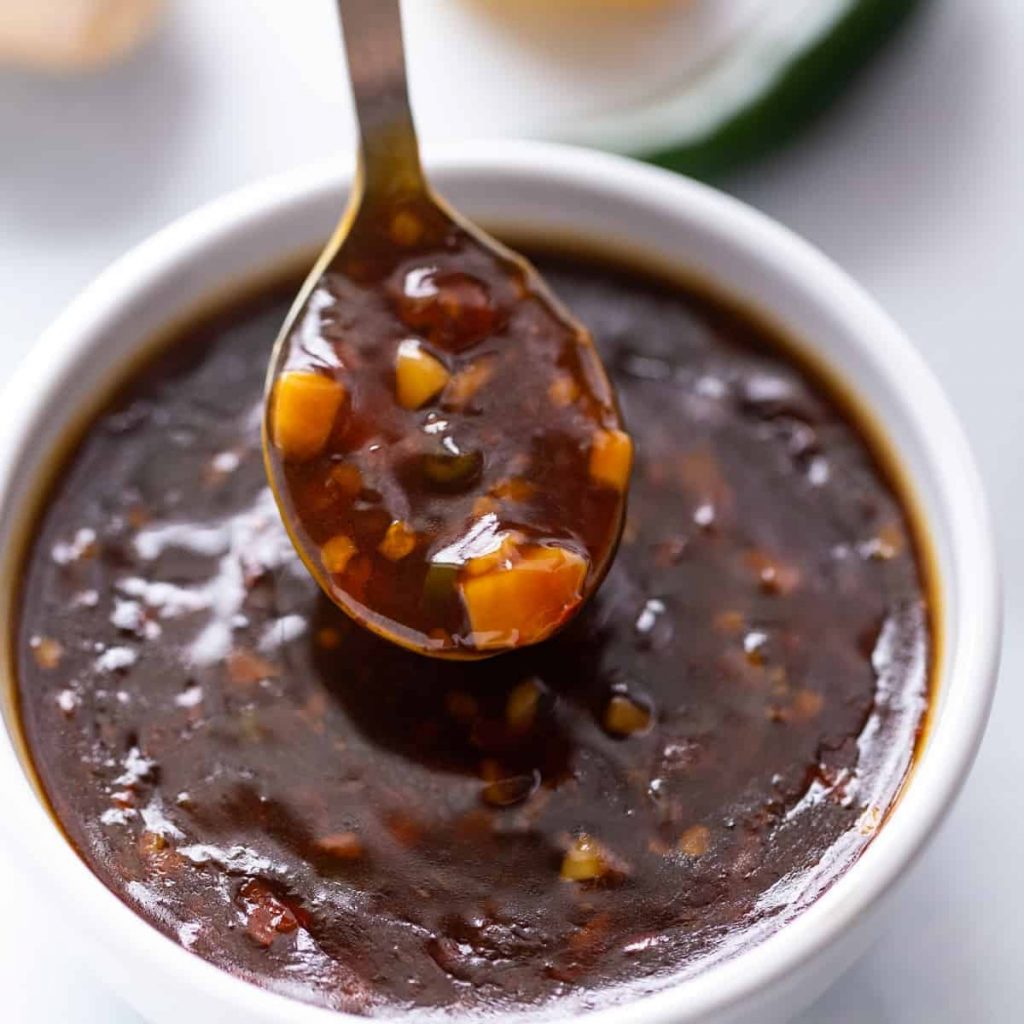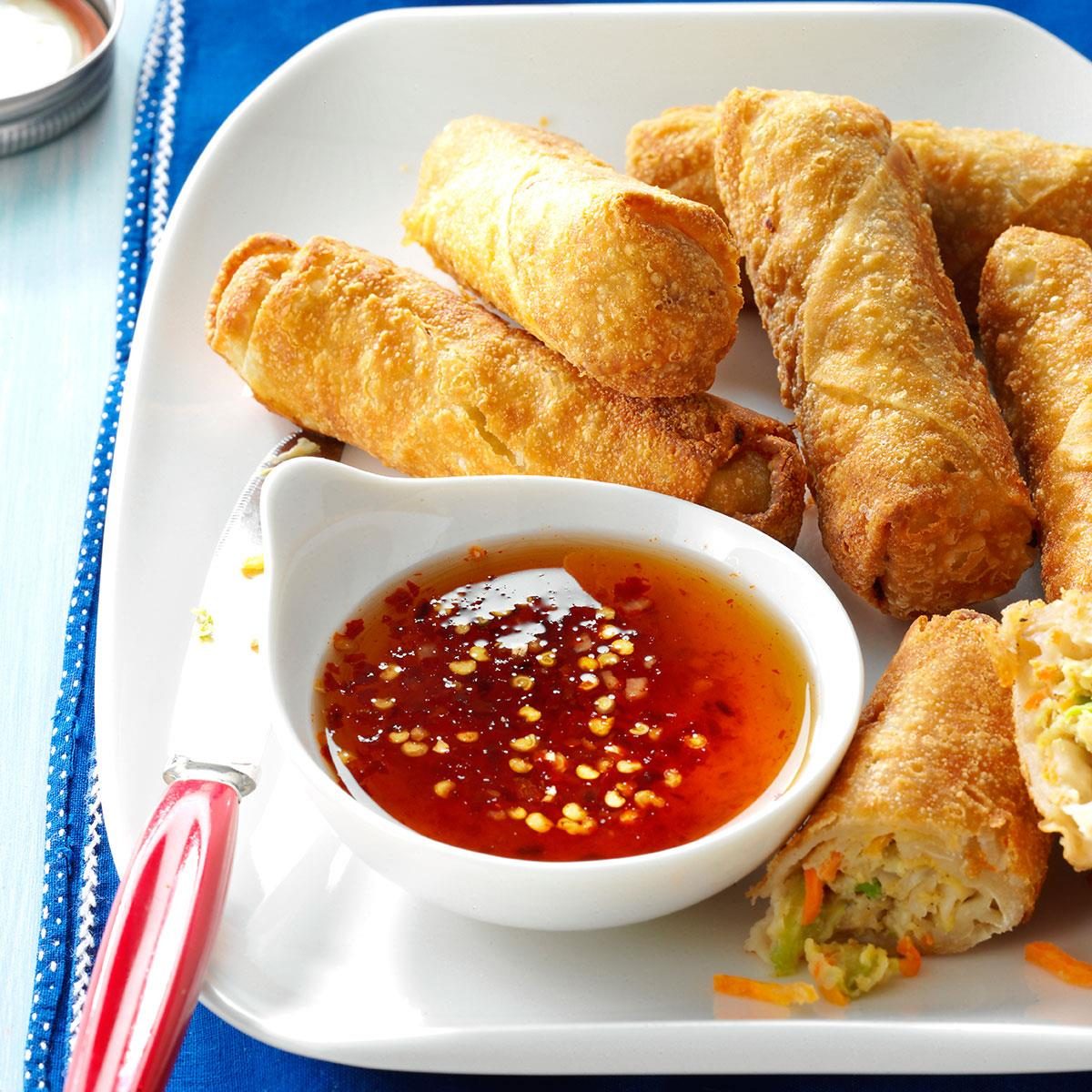Asian sauce recipes have captivated culinary enthusiasts with their vibrant flavors, cultural significance, and remarkable versatility. From the umami-rich soy sauce to the tangy hoisin sauce, Asian sauces have become an integral part of global cuisines. Embark on a tantalizing journey through the diverse world of Asian sauce recipes, exploring their ingredients, techniques, and culinary applications.
In this comprehensive guide, we delve into the intricacies of Asian sauce recipes, providing insights into their origins, key ingredients, and distinctive flavor profiles. We present a comprehensive table showcasing popular Asian sauces, highlighting their cuisines, key components, and flavor characteristics.
Additionally, we explore the common ingredients used in Asian sauces, explaining their culinary uses and offering substitutes for easy home cooking.
Asian Sauce Recipes Overview

Asian sauces are a cornerstone of Asian cuisine, adding vibrant flavors and culinary versatility to dishes across the region. These sauces are not merely condiments but culinary masterpieces in their own right, with a rich history and cultural significance.Asian sauces encompass a diverse range of flavors, from sweet and savory to spicy and umami-rich.
They are crafted using a variety of ingredients, including soy sauce, fish sauce, sesame oil, rice vinegar, and a myriad of aromatic spices. Each sauce possesses a unique character, contributing to the distinct culinary identity of different Asian regions.
Types of Asian Sauces
Asian sauces can be broadly categorized into several main types:
- Soy Sauces: Made from fermented soybeans, soy sauces are ubiquitous in Asian cooking. They impart a salty, savory flavor and come in various forms, including light, dark, and sweet.
- Fish Sauces: Produced from fermented fish, fish sauces are another essential ingredient in Asian cuisine. They add a pungent, umami-rich flavor and are widely used in Southeast Asian dishes.
- Hoisin Sauces: Thick and flavorful, hoisin sauces are made from fermented soybeans and have a sweet, slightly spicy taste. They are commonly used in Chinese cuisine as a marinade or dipping sauce.
- Sesame Sauces: Made from ground sesame seeds, sesame sauces have a nutty, aromatic flavor. They are often used as a dressing for salads, noodles, and stir-fries.
- Rice Vinegars: Mild and slightly sweet, rice vinegars are essential for adding acidity and balance to Asian sauces. They are commonly used in sushi rice, marinades, and dressings.
Popular Asian Sauces
Asian cuisine is renowned for its diverse and flavorful sauces, each with a unique blend of ingredients and flavor profiles. These sauces play a crucial role in enhancing the taste and complexity of dishes, adding depth, richness, and umami.
Popular Asian Sauces
The table below lists some of the most popular Asian sauces, their origins, key ingredients, and flavor profiles:
| Sauce Name | Cuisine | Key Ingredients | Flavor Profile |
|---|---|---|---|
| Soy Sauce | Chinese, Japanese, Korean | Soybeans, water, salt | Salty, savory, umami |
| Hoisin Sauce | Chinese | Soybeans, garlic, chili peppers, spices | Sweet, savory, slightly spicy |
| Teriyaki Sauce | Japanese | Soy sauce, mirin, sake, sugar | Sweet, savory, slightly tangy |
| Sweet and Sour Sauce | Chinese | Sugar, vinegar, tomato sauce, pineapple chunks | Sweet, tangy, slightly sour |
Asian Sauce Ingredients
Asian sauces are known for their distinct and flavorful profiles, and a variety of ingredients contribute to their unique characteristics. Let’s explore the most common ingredients used in Asian sauces and understand their culinary significance.
Soy sauce, rice vinegar, sesame oil, and ginger are among the fundamental ingredients that form the backbone of many Asian sauces. These ingredients not only provide flavor but also add depth, balance, and complexity to the overall taste.
Soy Sauce
- Description: A fermented sauce made from soybeans, wheat, salt, and water.
- Culinary Uses: Adds a salty and umami flavor to dishes. Used in marinades, stir-fries, dipping sauces, and as a seasoning.
- Substitutes: Tamari (gluten-free soy sauce), fish sauce, or coconut aminos.
Rice Vinegar
- Description: A mild and slightly sweet vinegar made from fermented rice.
- Culinary Uses: Adds a tangy and acidic flavor to sauces. Used in sushi rice, salad dressings, and dipping sauces.
- Substitutes: White vinegar, apple cider vinegar, or lemon juice.
Sesame Oil
- Description: A dark and nutty-flavored oil made from toasted sesame seeds.
- Culinary Uses: Adds a rich and aromatic flavor to dishes. Used in stir-fries, marinades, and as a finishing oil.
- Substitutes: Toasted sesame seeds, peanut oil, or vegetable oil.
Ginger
- Description: A pungent and aromatic root used in both fresh and ground forms.
- Culinary Uses: Adds a spicy and refreshing flavor to dishes. Used in stir-fries, soups, marinades, and as a garnish.
- Substitutes: Galangal, turmeric, or lemon zest.
Techniques for Making Asian Sauces
Creating authentic Asian sauces requires a blend of culinary skills and an understanding of traditional techniques. This section explores the various methods employed to craft these flavorful condiments, providing a step-by-step guide to help you master the art of Asian sauce-making.
The techniques used to make Asian sauces encompass a range of methods, each contributing to the unique flavor and texture of the final product. Simmering, reducing, and blending are three fundamental techniques that form the foundation of many Asian sauce recipes.
Simmering
Simmering involves gently heating a sauce over low heat for an extended period. This technique allows the flavors to meld and develop, creating a rich and complex sauce. When simmering, it is important to maintain a gentle heat, as boiling can cause the sauce to lose its delicate flavors.
Reducing
Reducing is a technique used to concentrate the flavors of a sauce by evaporating excess liquid. This is achieved by simmering the sauce until it thickens and reduces in volume. Reducing enhances the intensity of the flavors and creates a more flavorful and concentrated sauce.
Blending
Blending is a technique used to create smooth and homogeneous sauces. This can be done using a blender, immersion blender, or food processor. Blending allows you to incorporate various ingredients, such as herbs, spices, and vegetables, into the sauce, creating a well-balanced and flavorful result.
By mastering these techniques, you can create a wide range of authentic Asian sauces that will elevate your culinary creations and bring the flavors of Asia to your table.
Using Asian Sauces in Cooking
Asian sauces offer a wide range of flavors and versatility in cooking. Explore various ways to incorporate these sauces into your dishes for enhanced taste and authenticity.
Stir-Fries
Asian sauces serve as excellent bases for stir-fries, adding flavor and umami to the dish. Consider using hoisin sauce for a sweet and savory glaze, soy sauce for a salty and aromatic touch, or teriyaki sauce for a rich and glossy finish.
Marinades
Asian sauces can transform meat, poultry, or fish into flavorful and tender dishes when used as marinades. Try marinating your protein in a mixture of soy sauce, honey, and sesame oil for an Asian-inspired flavor profile.
Dipping Sauces
Asian sauces can also elevate the flavors of various appetizers, snacks, and dishes as dipping sauces. Offer a variety of options, such as sweet and sour sauce, chili garlic sauce, or soy sauce with grated ginger, to enhance the flavors of spring rolls, dumplings, or tempura.
Recipes Highlighting Asian Sauces
- Stir-Fried Noodles with Hoisin Sauce: A quick and flavorful dish that combines the sweetness of hoisin sauce with the savory notes of stir-fried vegetables and protein.
- Teriyaki Chicken with Rice: A classic Asian dish featuring tender chicken glazed in a rich teriyaki sauce, served over fluffy rice.
- Soy-Marinated Salmon: A healthy and flavorful option where salmon is marinated in soy sauce, honey, and sesame oil, then grilled or baked to perfection.
Final Thoughts

Asian sauce recipes are a testament to the rich culinary heritage of Asia. They not only enhance the taste of dishes but also add depth, complexity, and cultural flair. Whether used as a marinade, dipping sauce, or cooking ingredient, Asian sauces have the power to transform ordinary meals into extraordinary culinary experiences.
As you explore the recipes and techniques presented in this guide, we encourage you to experiment and create your own unique Asian-inspired dishes, bringing the vibrant flavors of Asia into your own kitchen.
Frequently Asked Questions
What are the key ingredients commonly used in Asian sauces?
Soy sauce, rice vinegar, sesame oil, ginger, garlic, and chili peppers are among the most commonly used ingredients in Asian sauces.
How can I substitute ingredients in Asian sauce recipes?
For soy sauce, you can use tamari or coconut aminos. Rice vinegar can be substituted with white wine vinegar or apple cider vinegar. Sesame oil can be replaced with vegetable oil or olive oil.
What are some popular Asian sauce recipes?
Teriyaki sauce, hoisin sauce, sweet and sour sauce, and orange sauce are some of the most popular Asian sauce recipes.
